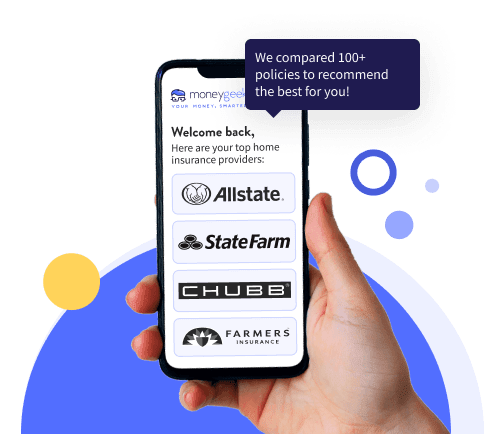You can change your home insurance anytime. However, follow some key steps to ensure you purchase adequate coverage, avoid coverage lapses and don't end up paying for two policies at once.
MoneyGeek breaks down how to switch home insurance companies — even in the middle of your policy term:
- Step 1: Review your existing policy
- Step 2: Decide if switching is the right move
- Step 3: Gather information for quotes
- Step 4: Compare providers
- Step 5: Secure the policy you need
- Step 6: Cancel your old policy
- Step 7: Notify your lender about the change



